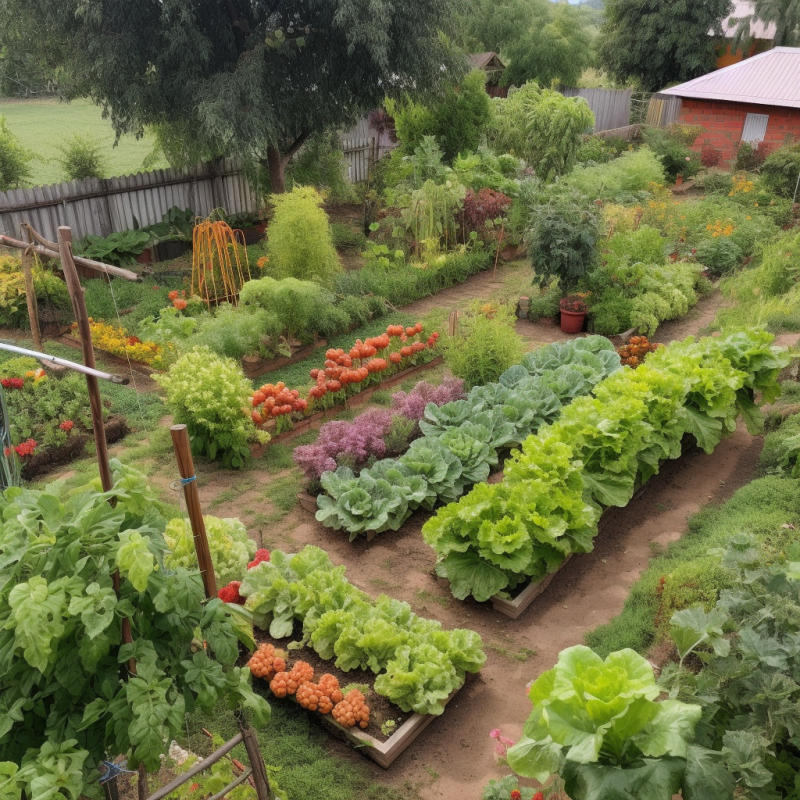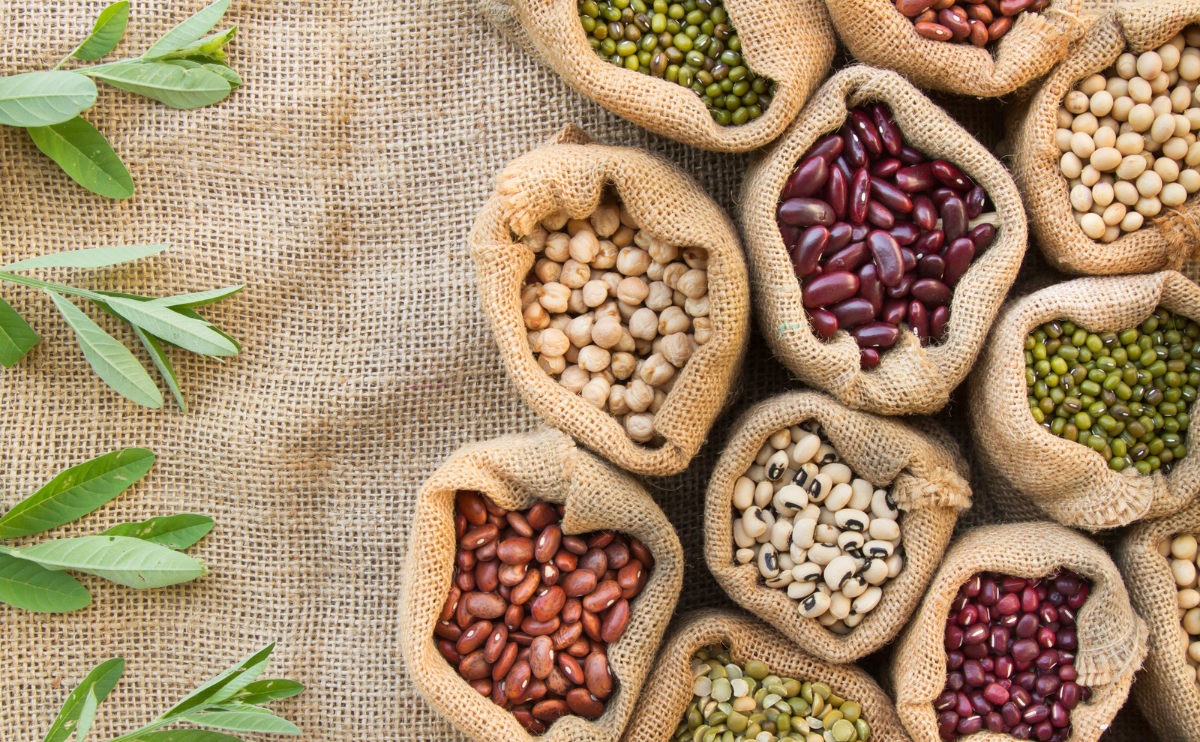Starting a non-GMO seeds bank is a great way to ensure that you always have a supply of healthy, non-genetically modified seeds for your garden. With the rise of genetically modified crops, it’s more important than ever to take control of the seeds you’re planting in your garden. By creating your own seed bank, you’ll be able to preserve heirloom varieties and maintain genetic diversity in your garden.
Here’s how to start your own non-GMO seeds bank:
Choose your seeds
The first step is to choose the seeds you want to include in your seed bank. Look for non-GMO, open-pollinated seeds that are adapted to your local growing conditions. Consider the vegetables and herbs that you like to grow and use in your cooking, as well as any rare or unusual varieties that you want to preserve.
Label and store your seeds
Once you’ve chosen your seeds, label them with the variety and the date they were harvested. Then, store them in a cool, dry place in airtight containers such as glass jars or plastic bags. Make sure to keep your seeds organized and easily accessible for future planting.

Test your seeds
To ensure the viability of your seeds, it’s a good idea to test them for germination rates. You can do this by placing a certain number of seeds in a damp paper towel or planting them in small pots. If a high percentage of seeds sprout, then they are viable and can be used for planting. If the germination rate is low, then it may be time to replace those seeds.
Rotate your seeds
To maintain genetic diversity and avoid inbreeding, it’s important to rotate your seed bank regularly. This means using some seeds for planting while saving others for future years. This will help ensure that your seed bank stays fresh and healthy and that your garden remains productive year after year.
Share your seeds
Finally, consider sharing your non-GMO seeds with other gardeners. This will help to preserve heirloom varieties and promote genetic diversity in the wider community. You can participate in seed swaps or give away seeds to friends and neighbors who are interested in gardening.
Top 10 Non-GMO Heirloom Seeds to Start Seed Bank:
Beefsteak Tomato: These tomatoes are known for their large size, meaty texture, and sweet flavor. They are great for slicing and adding to sandwiches, burgers, or salads. Beefsteak tomatoes also work well in sauces and can be roasted or grilled.
Cucumber: This cool and refreshing vegetable is perfect for salads or as a snack. They can also be used for pickling and canning. Cucumbers are easy to grow and can produce a large amount of fruit with proper care.
Broccoli: This nutrient-rich vegetable is high in vitamins A, C, and K, as well as fiber and antioxidants. It can be steamed, roasted, or used in stir-fries and soups. Broccoli is a cool-season crop that requires well-drained soil and consistent watering.


Carrot: These sweet and crunchy root vegetables are high in beta-carotene and other nutrients. They can be eaten raw or cooked, and are a great addition to salads, soups, or as a side dish. Carrots are easy to grow and can be harvested in as little as 70-80 days.
Zucchini: This versatile vegetable is a member of the squash family and can be used in a variety of dishes, including stir-fries, casseroles, and pasta dishes. Zucchini is easy to grow and can produce a large amount of fruit with proper care.
Bloomsdale Spinach: This leafy green is a great source of iron and other nutrients. It can be used in salads or cooked dishes such as quiches, soups, or stews. Spinach is a cool-season crop that prefers well-drained soil and consistent moisture.
Brussels Sprouts: These small cabbage-like vegetables are packed with vitamins and minerals, including vitamin C, folate, and fiber. They can be roasted, sautéed, or used in stir-fries as a side dish. Brussels sprouts are a cool-season crop that requires well-drained soil and consistent moisture.
Cabbage: This versatile vegetable is a member of the brassica family and can be used in a variety of dishes, including coleslaw, stir-fries, and soups. Cabbage is high in vitamin C and fiber and is easy to grow with proper care.
Arugula: This peppery leafy green is a great addition to salads or as a topping for pizzas or sandwiches. Arugula is easy to grow and can be harvested in as little as 40-50 days.
Buttercrunch Lettuce: This tender and buttery lettuce is perfect for salads or sandwiches. It is easy to grow and can be harvested in as little as 50-60 days. Buttercrunch lettuce prefers cooler temperatures and consistent moisture.
Detailed Guides for Planting Vegetables, Herbs, Greens & Lettuce, Peppers, and Wildflowers:
At FarmerValley we offer detailed guides for planting vegetables, herbs, greens & lettuce, peppers, and wildflowers. These guides provide step-by-step instructions for planting and caring for your plants, as well as tips for getting the best results. Check our growing guides and plant your own non-GMO garden with confidence.
Planting non-GMO seeds is a great way to enjoy fresh and healthy vegetables and herbs while also knowing that you’re avoiding harmful additives. With these essential tips and top lists, as well as our detailed guides, you’ll be on your way to a bountiful harvest in no time.

